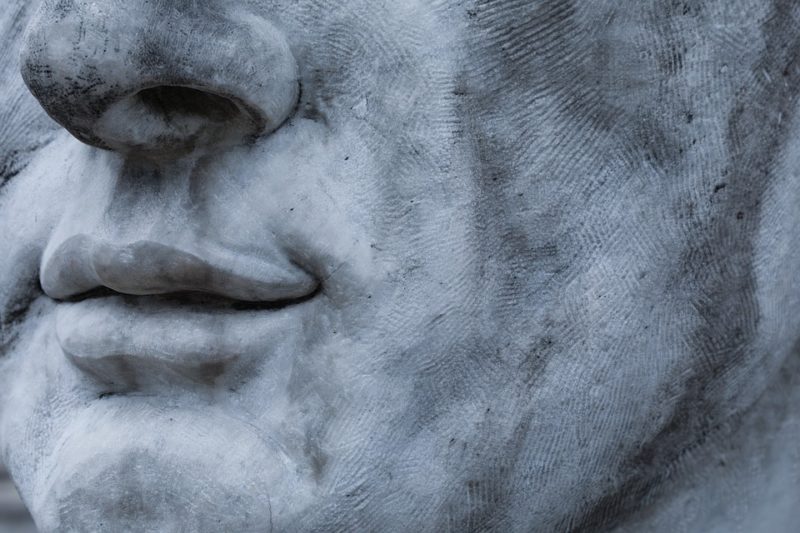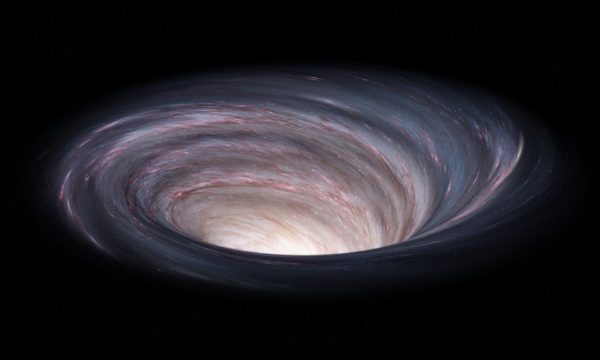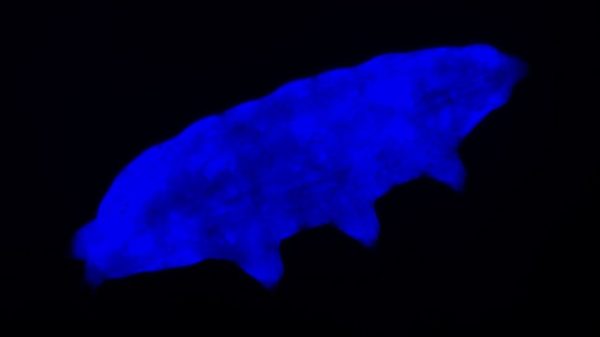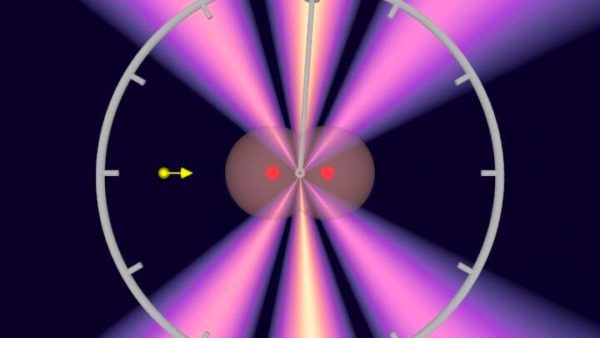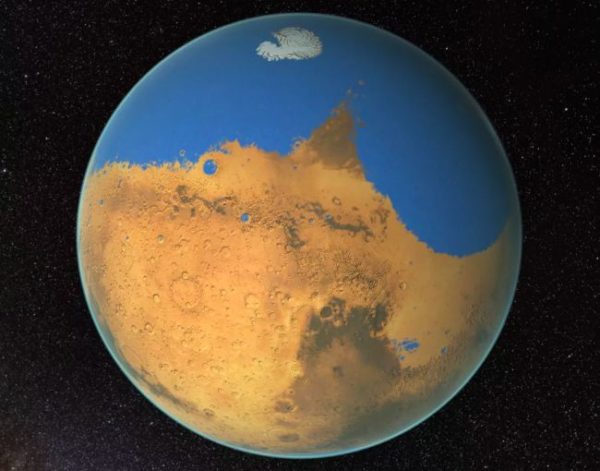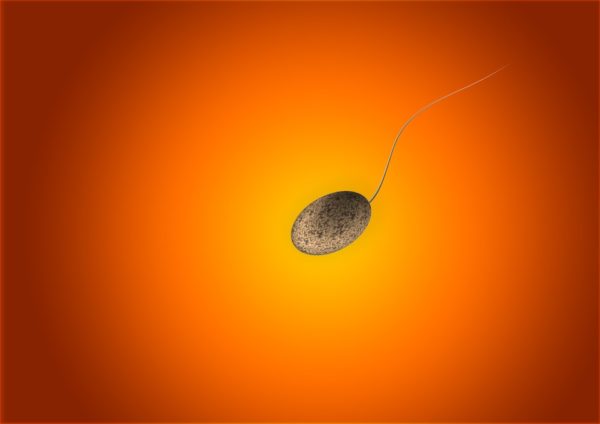FOR READERS: There’s Science in my Sci-Fi!
FOR READERS Today’s reader topic comes from QSFers Sydney Blackburn and Naomi Tajedler: How much science do you like in your sci-fi? Does it matter to you if orbital mechanics are or are not taken into account, or if the source of food on a closed system like a space station is not mentioned as an aside? Writers: This is a reader chat – you are welcome to join it, but please do not reference your own works directly. Thanks! Join the chat: FB: http://bit.ly/1MvPABVMeWe: http://bit.ly/2mjg8lf




